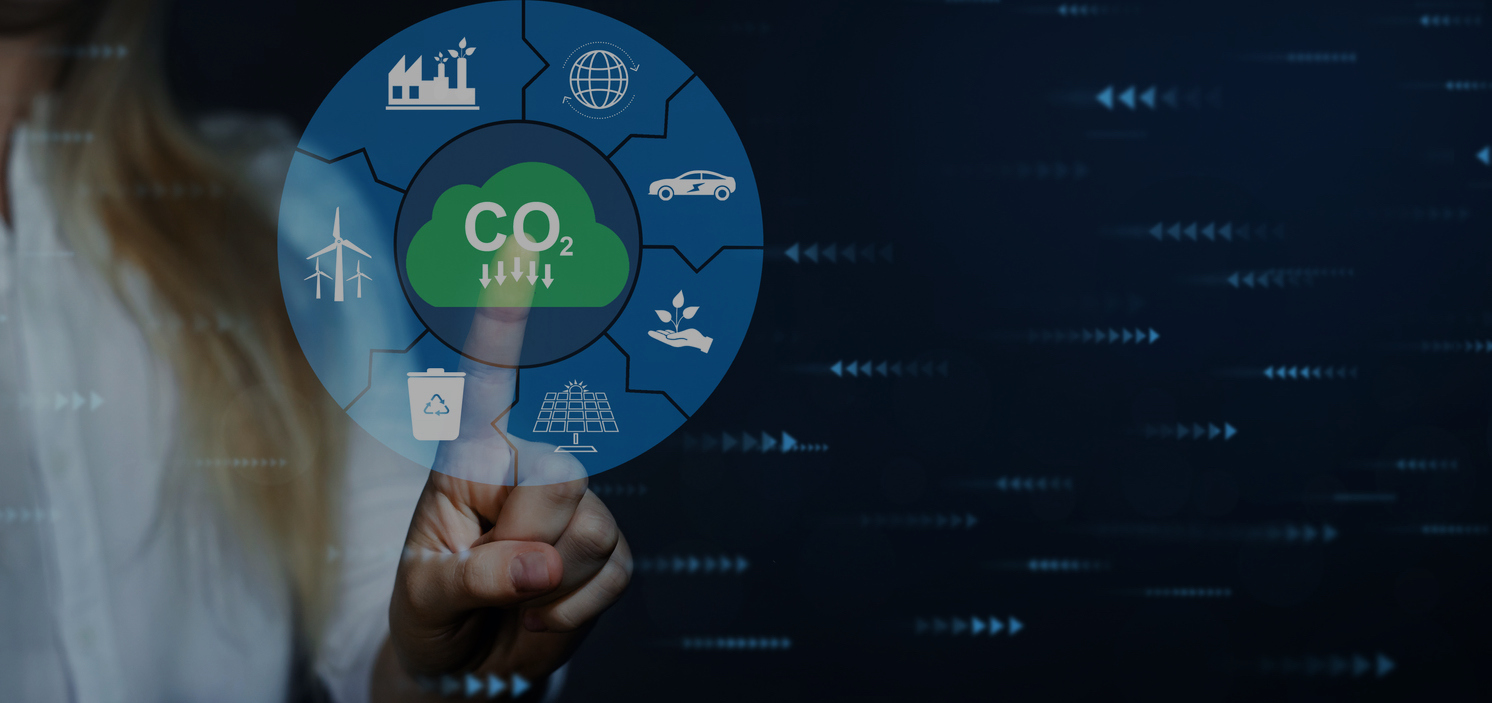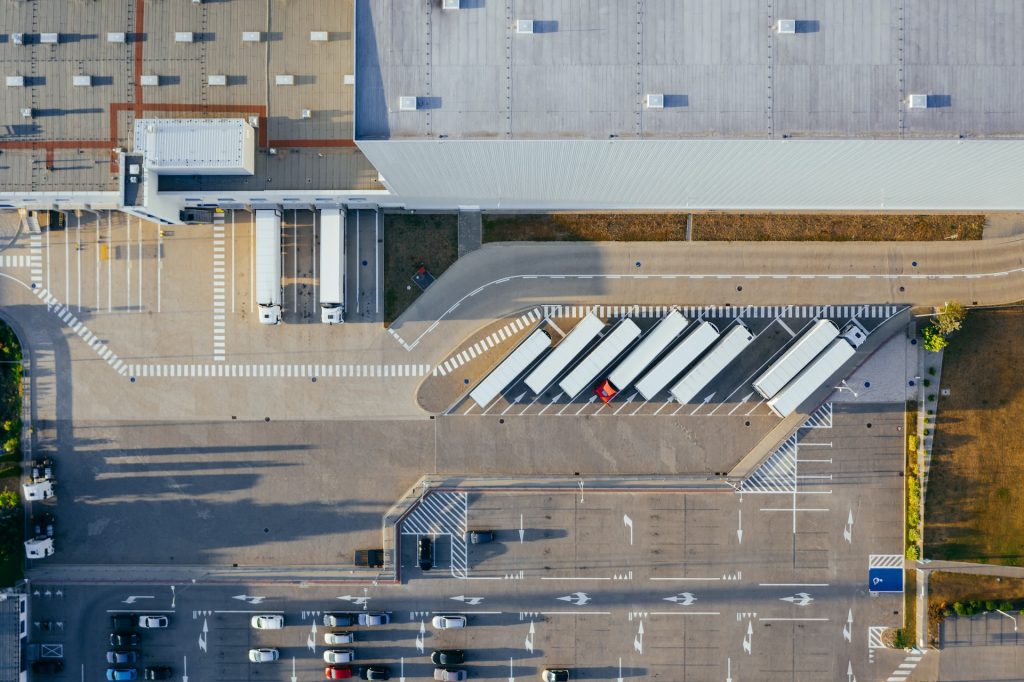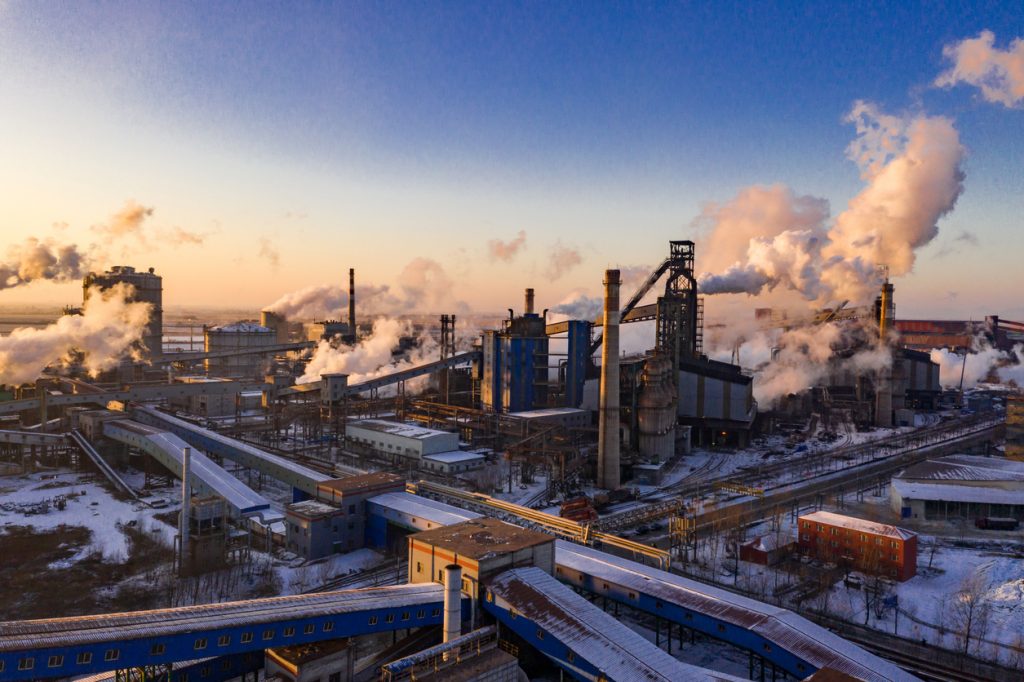

Low‐emission hydrogen supply to reach 450 Mt in 2050 as transport, power, industry decarbonise: IEA
Production of low‐emission hydrogen will rise from 0.3 Mt today to 90 Mt in 2030 and 450 Mt in 2050 as it takes an increasingly large role in the decarbonisation of industry, transport and power, according to the International Energy Agency.
Total global hydrogen demand is 475 Mt in 2050 under the IEA’s Net Zero Emissions scenario, outlined in its 2022 World Energy Outlook. Electrolysers meet one third of hydrogen demand in 2030 and 70% in 2050, with just over a quarter from fossil fuels with CCUS. That means installed electrolyser capacity of 720 GW by 2030 and 3,670 GW by 2050, up from 510 MW today.
A huge amount of electricity will need to be generated to power those electrolysers. By 2050, more than 14,800 TWh of electricity will be dedicated to the production of low‐ emission hydrogen, more than 50% of global electricity demand today.
Demand for clean hydrogen will come overwhelmingly from transport, power and industry, with those sectors making up 95% of consumption in 2050, say the IEA.
Transport
Hydrogen will play an important role in decarbonising road transport, accounting for almost one‐quarter of energy consumption, the IEA said.
Synthetic kerosene, created by combining hydrogen with a non‐fossil fuel source of CO2, will be responsible for about a quarter of energy use in the aviation sector, while direct use of hydrogen accounts for 8% of total energy demand. Following the commercialisation of hydrogen aircraft from 2035, half of all regional and narrow body aircraft sold will be powered by hydrogen by 2050, according to the IEA.
By 2050, ammonia derived from low-emission hydrogen will meet around 45% of demand for shipping fuel with hydrogen accounting for a further 20% of demand, particularly on short‐ to mid‐range routes.

Hydrogen will play an important role in decarbonising road transport, accounting for almost one‐quarter of energy consumption, the IEA said.
Industry
Many industries will lean on hydrogen to decarbonise their operations, but some of the biggest are steel, cement and chemicals, according to the IEA.
Hydrogen‐based direct reduced iron (DRI) will be a “key technology” for primary steel production with much of the hydrogen produced on site via electrolysis. The power to produce electrolytic hydrogen will reach 3% of the steel industry’s final energy consumption by 2030 and more than 25% by 2050.
The production of hydrogen will also drive up the share of electricity in the chemical sector’s energy consumption from about 10% today to 15% by 2030 and 35% by 2050, the IEA predicts. Most of that hydrogen take the place of fossil fuel feedstock for ammonia and methanol production.

Many industries will lean on hydrogen to decarbonise their operations, but some of the biggest are steel, cement and chemicals, according to the IEA.
Power
The IEA also sees both hydrogen and hydrogen-derived ammonia increasingly being blended with natural gas and coal for the production of power towards the end of this decade. A total of 410 GW of natural gas‐fired power plants and 160 GW of coal‐fired plants will be retrofitted by 2050 to co‐fire ammonia and hydrogen, providing 2‐3% of global electricity generation from 2030 to 2050, it predicts.
It is clear that hydrogen is going to play a large role in the decarbonisation of much of the global economy over the coming decade.
To learn more about the hydrogen specialist fund HYCAP click here.